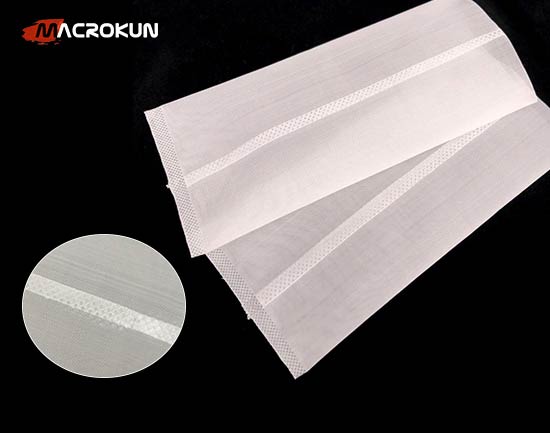Micron filter mesh is an essential component in various industries, enabling precise filtration by trapping particles of specific sizes. Understanding how to effectively use micron filter mesh can enhance operational efficiency and product quality. This comprehensive guide will delve into the selection, application, and maintenance of micron filter mesh, ensuring you maximize its benefits.

Understanding Micron Filter Mesh
A micron is a unit of measurement equal to one-millionth of a meter. Micron filter mesh refers to a screening material with openings measured in microns, determining the size of particles it can filter. For instance, a 100-micron mesh has openings that allow particles smaller than 100 microns to pass through while capturing larger ones.
Selecting the Appropriate Micron Filter Mesh
Choosing the right micron filter mesh depends on several factors:
-
Particle Size: Identify the size of particles you need to filter. For example, a 100-micron mesh is suitable for filtering particles larger than 100 microns.
-
Material Compatibility: Ensure the mesh material is compatible with the substances it will contact. Common materials include stainless steel, nylon, and polyester, each offering different levels of chemical resistance and durability.
-
Flow Rate Requirements: Consider the desired flow rate. Finer meshes may reduce flow rates due to smaller openings, which can impede fluid movement.
-
Operating Environment: Account for factors such as temperature, pressure, and exposure to corrosive substances, which can influence the mesh's performance and longevity.
Applications of Micron Filter Mesh
Micron filter meshes are utilized across various industries:
-
Water Treatment: Removing sediments and impurities to ensure clean water supply.
-
Food and Beverage: Filtering out unwanted particles to maintain product quality.
-
Pharmaceuticals: Ensuring purity in drug manufacturing processes.
-
Chemical Processing: Separating catalysts and other components in chemical reactions.
Proper Usage of Micron Filter Mesh
To effectively use micron filter mesh:
-
Installation: Secure the mesh properly within the filtration system to prevent bypassing of unfiltered material.
-
Flow Direction: Align the mesh correctly with the flow direction to optimize filtration efficiency.
-
Regular Monitoring: Inspect the mesh periodically for signs of clogging or damage.
-
Cleaning and Maintenance: Clean the mesh as needed to maintain optimal performance. Follow manufacturer guidelines to avoid damaging the mesh during cleaning.
Maintenance Tips
-
Avoid Overloading: Do not exceed the mesh's capacity, as this can lead to reduced efficiency and potential damage.
-
Handle with Care: During cleaning or replacement, handle the mesh gently to prevent deformation or tears.
-
Replace When Necessary: If the mesh shows signs of wear or damage that cannot be repaired, replace it promptly to maintain filtration quality.
Micron filter mesh Conclusion
Micron filter mesh is a versatile and vital tool in achieving precise filtration across various applications. By selecting the appropriate mesh, installing it correctly, and maintaining it diligently, you can ensure optimal performance and longevity of your filtration system. Always adhere to manufacturer guidelines and industry best practices to maximize the benefits of micron filter mesh in your operations.





